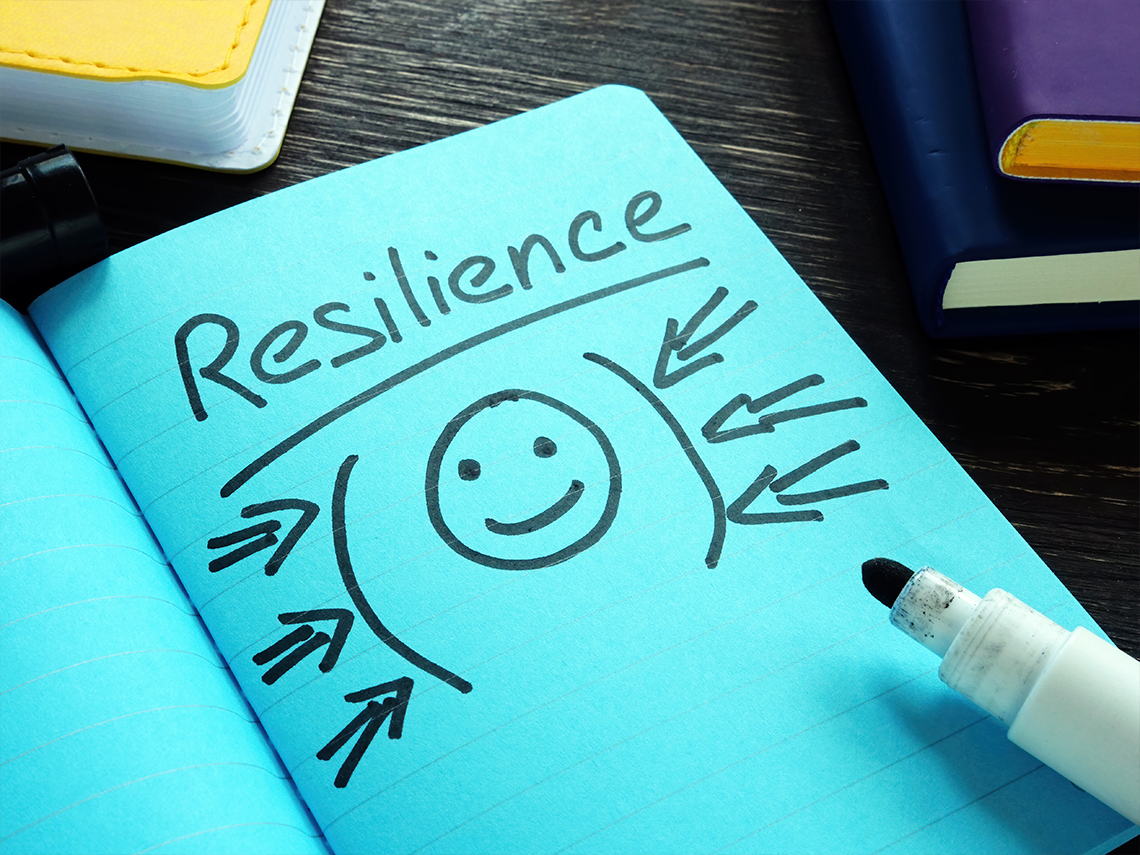The hypothalamic-pituitary-adrenal (HPA) and parasympathetic nervous systems have been reported to play important roles in regulating emotion and coping with stress. But their direct relationship with psychological resilience remains unclear. These biophysiological features should be considered together with traditional psychometric properties to study resilience more comprehensively.
A Study of Dr Way Lau Kwok-wai, Assistant Professor at the Department of Special Education and Counselling,
The Education University of Hong Kong, examined the role of biophysiological features such as vagal tone and HPA reactivity in resilience and determine the predictive power of resilience with the combination of psychological and biophysiological measures.
The study involved 55 male and 52 female university students with no psychiatric disorders. To examine the physiological changes in response to stress, the participants undertook a 15-minute Trier Social Stress Task (TSST), consisting of five minutes’ preparation, and delivering a five-minute speech in their second language and performing mental arithmetic in front of a review panel.
Psychometric properties of resilience were measured at rest; and vagal heart rate variability (HRV), salivary cortisol, and dehydroepiandrosterone (DHEA) levels were captured at baseline during and after the TSST. Multivariate linear regression and support vector regression machine-learning analyses were performed to investigate significant predictors and the predictive power of resilience.
The results showed that positive and negative affects, HRV during the anticipatory phase of stress, and the ratio of cortisol/ DHEA at the first recovery time point were significant predictors of resilience. The addition of biophysiological features increased the predictive power of resilience by 1.2 times compared to psychological features alone. The results from machine-learning analysis further demonstrated that the increased predictive power of resilience by adding the ratio of cortisol/ DHEA was significant in ‘cortisol responders’ (those who demonstrated an increase in cortisol during the stress phrase); whereas a trend level was observed in ‘cortisol non-responders’.
In the investigation of the HPA axis, the researchers did not observe any notable changes in cortisol or DHEA, but there was a marginally significant increase in the ratio of cortisol/ DHEA during and after the TSST in the complete samples, suggesting that the ratio of cortisol/ DHEA could plausibly be a more sensitive marker for acute stress.
The findings extend knowledge from the literature that high vagal activity during the anticipating phase of stress and the ability to restore the balance between cortisol and DHEA after a stress event can be an important feature in predicting resilience. The findings enhance our understanding of the role of vagal tone and HPA functioning in resilience, and further support the notion of combining psychological and biophysiological data in measuring and predicting resilience.
